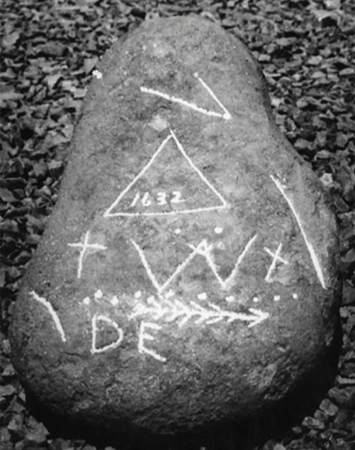One of the things that sets country music apart
from other genres is that many songs contain a moral. By the end
of the song—hidden somewhere between the fiddle and the steel guitar—the
listener either learns a new lesson, or more likely, is reminded of an old one
that had been forgotten somewhere along the way. This is not a country song,
but it is a story about a country song, and I have a good feeling that by story’s
end, we might find ourselves a moral of our own.
My
best friend Tex and I were at that age where we were old enough to go to war
but not old enough to drink, which only encouraged us to drink that much more
and that much harder. Though we were year-round drinkers, it was always Independence
Day weekend that we really seemed to hit our drinking apex. We would start
early in the day, at my uncle’s annual Fourth of July party, before heading
down the road, where we continue drinking all night at a rough and rowdy
country music festival.
That
year the headlining act was Neil McCoy, the most famous Native American country
singer of the 1990’s. But by this time, he hadn’t had a hit in years and Tex
had never even heard of him. “Does he have any good songs?” he asked me.
“Not
really,” I answered. “There’s one song of his I like. It’s called ‘I Was’.”
The
concert started and Neil McCoy sounded just downright awful, like he was forced
to play the show against his will. We tried to enjoy ourselves but it was
impossible—the music sounded too horrendous. So, we drank, hoping the alcohol
would turn a bad thing good, as it occasionally does. No use. So, then we drank
some more. And then some more. I was merely getting wasted, but Tex was getting
angry. “This guy is just plain awful!” he complained. “When is he going to play
that song you like?”
“I’m
sure it’ll be next,” I assured my inebriated buddy. But it wasn’t next. And it
wasn’t the song after that.
Every time a new song started, Tex would ask, “Is
this the song?”
And every time I would
answer, “Nope, not this one.”
By the time the show
started winding down, Tex was furious. “Why doesn’t he just play the goddamn
song?” he demanded to know.
Finally, the show ended.
There was no encore. The fireworks started and Tex was hot. “That bastard didn’t
play your song!” he yelled as he walked towards the stage. “Follow me.”
“Where are we going?”
“To find Neil McCoy!”
We ducked under the stage
and made our way behind it, to where the country singer’s tour bus was parked. Tex
banged on the door. A short fat man answered. “What the hell do you want?” he
asked.
“I want that son of a
bitch Neal McCoy to grab his guitar, get his ass out here, and play ‘I Was’.”
Tex said confidently.
The man in the doorway
looked around. “How the hell did you guys get back here anyway?” he asked.
“That doesn’t matter,”
Tex replied. “The only thing that matters is that Neil McCoy gets his ass out here
and plays ‘I Was’.”
Without saying another
word, the man slammed the door in our face. Tex immediately started knocking on
the door again, but stopped when a group of police officers began walking our
way.
“What are you guys doing
back here?” one of them asked.
“We’re here to see that
two-bit performer Neil McCoy,” Tex said.
“If you guys don’t leave right
now, we’ll arrest you for trespassing.”
“Arrest me?” Tex yelled. “I
dare you to arrest me.”
The cop took the dare. He
slapped Tex in cuffs and led him away. “Do you want to get arrested too?” Another
cop asked me.
“No sir,” I replied
before running away.
I made the long walk back
to my Uncle’s house, where a few drunk men stood around a fire. “Where’s Tex?”
one of them asked.
“In jail,” I answered.
“Jail! What the hell
happened?”
I told them the whole
story, everything from Neil McCoy’s horrible performance to the song that he
never played.
“What’s the name of the
song?” One of them asked.
“ ‘I was’.”
“Are you sure that wasn’t
an Aarron Tippen song?” Somebody asked.
“I think it was Joe
Diffie,” said another. “Sounds like Tex went to jail over some bad information.”
So, the moral of the
story? You might think that it’s not to heckle washed-up country singers, but
it’s not, because this is America, and at some point in everybody’s life, they
will find themselves heckling a washed-up country music singer. Maybe you think
the moral is to know which washed-up country singer sings which song before
demanding that they perform it for you, but it’s not, because it turns out that
I was right—Neil McCoy did sing ‘I Was.’ (It reached #37 on the Billboard
country music charts in the spring of 1999.) I was just the only person on
Earth to remember such on obscure song. No, the moral of the story is simple: Don’t
ever dare a police officer to arrest you. Because they will.




